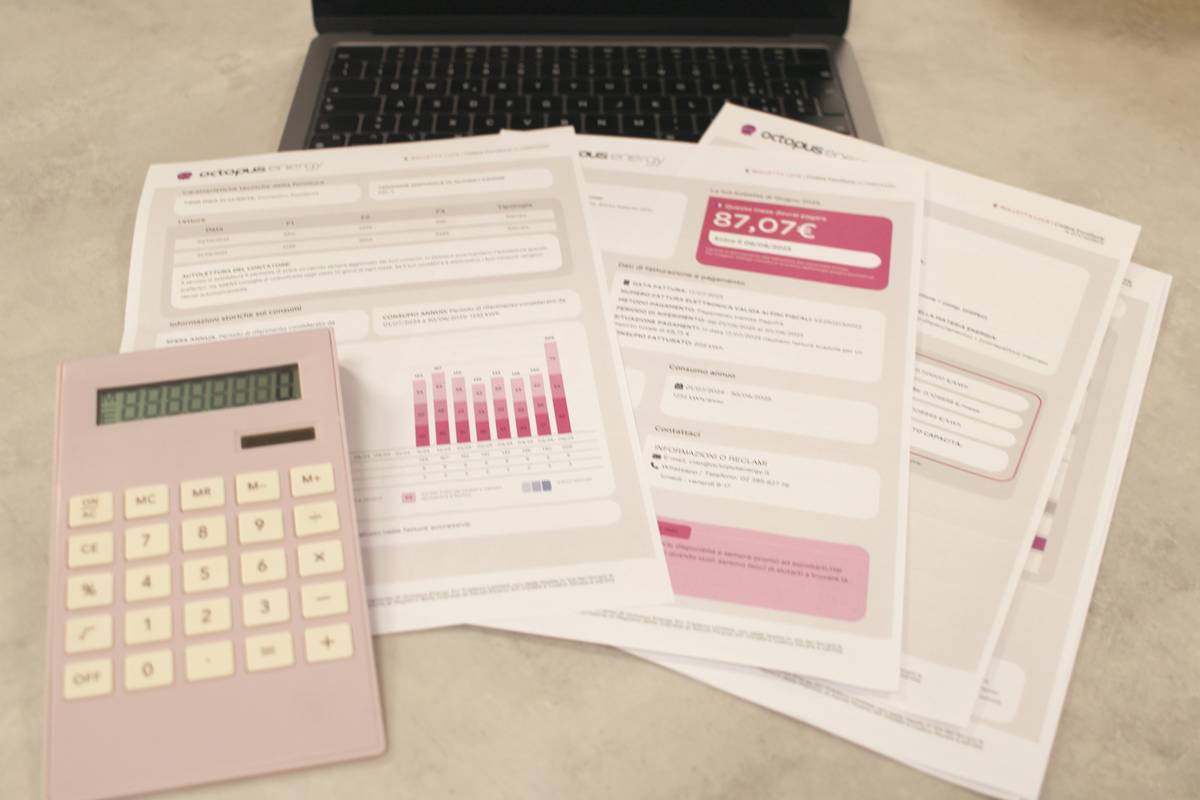Ever wondered if sharing a joint credit card with your partner is a recipe for financial bliss—or total disaster? You’re not alone. Whether it’s splitting dinner bills or handling emergencies, managing money together can be a tightrope walk of emotions and spreadsheets. What if there was a way to make shared finances simpler, more secure, and even rewarding?
In this post, we’ll dive into the joint credit card benefits for partners, uncover practical tips to use them effectively, and explore real-life examples that might just inspire you. By the end, you’ll know whether a joint credit card is right for you and how to navigate the pitfalls like a pro.
You’ll learn:
- The surprising perks of combining credit power.
- Step-by-step strategies to manage a joint account wisely.
- Real-world success stories—and cautionary tales.
Table of Contents
- Key Takeaways on Joint Credit Cards
- Why Should Couples Consider a Joint Credit Card?
- How to Set Up and Use a Joint Credit Card
- Top Tips for Maximizing Benefits Without Drama
- Examples of Successful Partners Who Used Them Right
- FAQs About Joint Credit Cards
Key Takeaways
- Joint credit cards offer streamlined spending, rewards pooling, and better expense tracking for couples.
- Shared responsibility requires clear communication and mutual trust to avoid debt spirals.
- Picking the right card tailored to your lifestyle boosts cashback, travel points, and other perks.
- Ignoring warning signs like differing spending habits can turn convenience into conflict quickly.
Why Should Couples Consider a Joint Credit Card?

I once tried managing household expenses using separate accounts, spreadsheets, AND a whiteboard—yes, all three simultaneously. Spoiler alert: It ended messier than spilled coffee. A joint credit card could’ve saved my sanity (and my marriage).
Couples often face challenges like juggling multiple bills, misaligned spending priorities, or simply wanting transparency in their financial partnership. Here are some compelling reasons why joint credit cards rock:
- Built-In Accountability: Both parties see every transaction, minimizing unnecessary surprises.
- Rewards Galore: Pooling purchases means earning faster toward those airline miles or statement credits.
- Simpler Bookkeeping: One bill = one payment. No more splitting utilities across five different apps.
- Emergency Safety Net: If one partner loses access to funds temporarily, they still have purchasing power through the shared card.
But hold up: While these sound chef’s kiss amazing, remember that co-signing comes with risks. More on this later…
How to Set Up and Use a Joint Credit Card

Optimist You:
“Setting up a joint credit card is easy! Just follow these steps!”
Grumpy Me:
“Ugh, fine—but only if we agree never to fight over who forgot to pay the minimum.”
Alright, here’s how to do it smartly:
- Research Cards: Look for low-interest rates, generous sign-up bonuses, and no annual fees unless the perks outweigh costs.
- Discuss Expectations: Agree on spending limits, categories (groceries vs. dining out), and monthly repayment goals.
- Apply Together: Ensure both names go on the application to share liability and ownership fully.
- Automate Payments: Schedule automatic payments to dodge late fees and penalties.
- Monitor Regularly: Download the app, set alerts, and schedule weekly check-ins to review charges together.
Top Tips for Maximizing Benefits Without Drama
Now let’s talk about making the most of your shiny new joint credit card while avoiding potential headaches.
Pro Tip #1: Pick Categories Wisely
Cashback cards usually award higher percentages in specific categories like groceries or gas. Match the card to your combined spending patterns.
Pro Tip #2: Communicate Transparently
“Surprise splurges” aren’t cute when they rack up hundreds on the card without prior discussion. Keep lines open.
Pro Tip #3: Avoid Co-Signing for Big Purchases
This is where I vent: DO NOT PUT THAT DESIGNER COUCH OR VACATION ON THE CARD UNLESS YOU HAVE A PLAN TO REPAY IT IMMEDIATELY. Debt creeps fast; don’t let it ruin your relationship.
Examples of Successful Partners Who Used Them Right

Meet Sarah and Mark, who used their joint credit card strategically to save $5,000 on travel last year by pooling hotel stays, flights, and dining expenses onto a single card offering 3x points on travel. They paid off the balance each month, avoided interest entirely, and enjoyed guilt-free vacations together.
Contrast them with Amy and John, who didn’t set boundaries early on. Their lack of communication led to mounting debts until they eventually had to cut ties—not just from the card but also nearly from each other.
Lesson learned: Strategy + Communication = Success.
FAQs About Joint Credit Cards
Q: How does applying for a joint credit card affect our credit scores?
A: The inquiry impacts both individuals’ credit reports initially, but responsible usage (paying balances on time) helps build stronger scores long-term.
Q: Can either party cancel the card independently?
A: No, both account holders must agree to close the account. Otherwise, the issuer won’t process the request.
Q: What happens if we break up?
A: Good question. Always aim to settle outstanding balances first before parting ways emotionally and financially.
Conclusion
There you have it—your ultimate guide to joint credit card benefits for partners. From simplifying budgets to earning epic rewards, a shared card can be a game-changer. But tread carefully: The line between financial harmony and chaos is thinner than a Chipotle burrito wrapper.
Remember, this journey isn’t just about plastic—it’s about partnership. So grab your favorite beverage (preferably something caffeinated 😉), sit down with your significant other, and decide if teaming up financially makes sense for YOUR future.
And hey, if things get chaotic, channel your inner Tamagotchi enthusiast—tend to your credit health daily, and watch it flourish!


